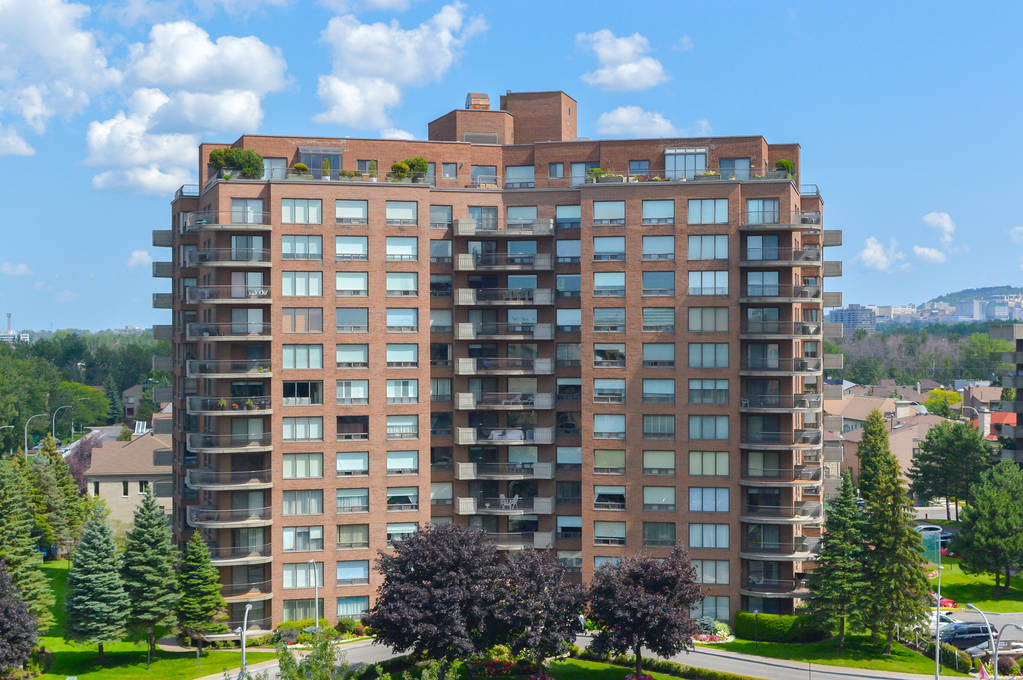When it comes to maximising returns on a rental property, tax depreciation schedules offer an effective, often underused tool. For Sydney property investors, this approach can make the difference in substantial tax savings through detailing the wear and tear of assets within a property-from the structural elements to fittings and fixtures. Understand how a tax depreciation schedule can apply to rental properties in Sydney for the unlocking of tax deductions for improvement in cash flow along with overall profitability.
What is a Tax Depreciation Schedule?
A tax depreciation schedule is a report pinpointing the quantity a claimant can deduct for each depreciable asset in a rental property on an annual basis. It is a normal deduction that allows property owners to compensate for their assets, which lose value over time. The schedule, prepared by a qualified quantity surveyor, separates these deductions into two categories:
Capital Works (Division 43): This refers to the structure of the actual property: things like the walls, the roof, the doors, the foundation. Capital works apply to properties built after September 15, 1987, and cover a percentage of the original construction costs.
Plant and Equipment (Division 40): This refers to depreciable assets that can be removed from the property. These include carpets, blinds, air conditioners, and appliances. Items in this class will usually have a much faster depreciation claim rate and enable higher deductions for shorter periods.
Tax Depreciation Schedule of a Sydney Rental Property
In this case, a Sydney property investor may engage the services of a certified quantity surveyor to prepare an appropriate tax depreciation schedule. He would review the property, observing and assessing each asset relative to condition and estimated useful life. With this in view, he prepares an elaborative report on the deductions available each year used as a basis for filing taxes.
Probably the most important factor is to realise that a tax depreciation schedule doesn’t have to be updated yearly. It’s created once, used across the lifetime of the property, but may need updating after any substantial renovations or improvements.
Benefits for Sydney Investors
While Sydney’s property market presents a number of unique opportunities regarding rental investments, the more often than not high values of properties translate into considerable initial investments. A tax depreciation schedule can balance such investment through significant returns in terms of tax savings. Sydney investors can claim annual deductions against taxable income and reduce their tax liabilities. Over time, this may mean savings of thousands of dollars, which owners can reinvest in the property or use to expand their portfolios.
The capital works deduction can provide a certain tax benefit each year alone for properties built after 1987. In addition, plant and equipment deductions are effective in the early years of property ownership, as many items depreciate much more quickly and yield higher deductions in those early years.
Timing and Maximising Deductions
Timing is everything when it comes to maximising deductions. Investors who buy second-hand properties or renovate can also optimise the timing of the surveyor’s visit shortly after the property becomes available for rent. Renovations offer added depreciation benefits, given there may be new plant and equipment items able to be claimed under Division 40.
However, in the case of newly acquired properties, early involvement of a surveyor is very critical, since the deductions on depreciation that are not claimed in the first year cannot be claimed retrospectively. Thus, with careful planning in concert with property improvements, one can maximise these deductions year after year.
Understanding Exclusions and Limitations
While a tax depreciation schedule will provide ample opportunities for fantastic deductions, there are some limitations. Certain residential properties are exempt mainly because of the changes implemented by the 2017 legislation. Examples would include that second-hand plant and equipment items cannot be claimed if the property was previously owned, except under certain circumstances, for instance, when substantial renovations have been conducted. The above guidelines must be taken into consideration to ensure that Sydney property investors are claiming the right type of deductions and avoid any potential issues with the ATO.
Knowing Sydney Market with the Help of a Tax Depreciation Schedule
In a competitive market like Sydney, where rental yields may vary, investors can attain value through tax savings by leveraging a tax depreciation schedule Sydney property owners rely on for maximum return. Sydney’s high property values mean substantial rental demand and, therefore, an attractive yet costly investment destination. By incorporating depreciation deductions in their financial strategy, property owners can optimise cash flow and strengthen the long-term financial health of their investments.
Full utilisation of a tax depreciation schedule allows Sydney investors to offset their expenses while creating a consistent stream of revenue and maintaining taxes as low as possible. This requires professional engagement so that a tailored depreciation strategy can be generated for each property, considering its unique characteristics, to ensure the owner is maximising his benefits from this critical tax tool.

